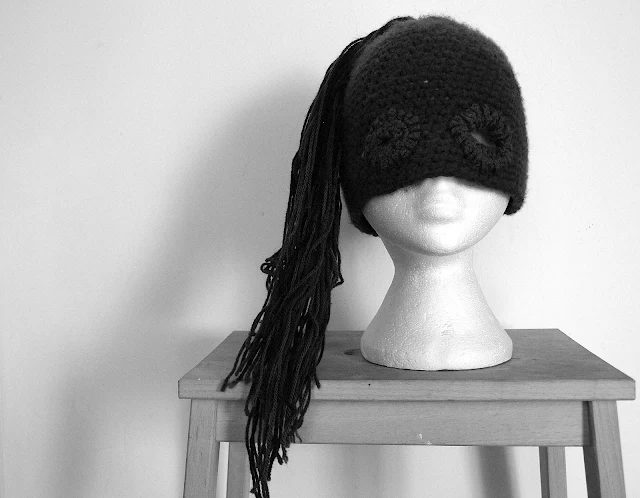I think I actually prefer this one when you can see the books at the edge as this kind of balances out the shot, more inspection of this one will be needed later.
The ophan doll here may have something and I like the final compositions where she is sitting sideways to the camera.
Orphan Dool: ISO 400, F5, 1/200, FL 14mm
I do think this has something - the doll stares straight at the viewer - the books next to the doll work with the images in the set and the pattern on the pot really works to make this work taking some time over. Check this out in a frame...
This works much better than the flowers tested earlier - here there is longevity to the visual time you could spend on this image.
I am not going to add the rest of my contact sheets - there are five more but for the most part, these would be rejections - however if I decide to use any from them I will add them in.
I will now begin to choose the final images that I would like to use and begin to put these together in post-production.




























